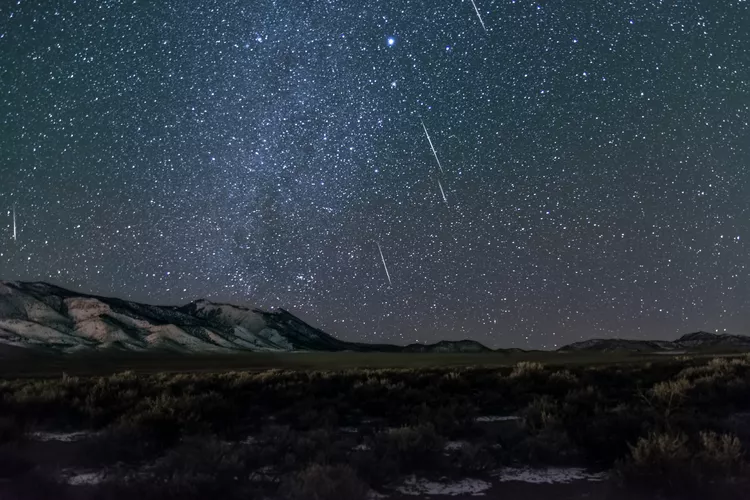* CONTENT OF THE ARTICLE
What Are the Geminids?
The Geminid meteor shower is widely regarded as one of the premier astronomical events of the year. Occurring annually in December, this year’s shower runs from December 2 to December 21, with its peak taking place tonight, December 13, into the early hours of December 14. According to the American Meteor Society, this meteor shower is unique because it originates from an asteroid rather than a comet. As Earth passes through the debris trail of the asteroid 3200 Phaethon, the fragments burn up upon entering our atmosphere, resulting in stunning shooting stars.

Where to See the Geminid Meteor Shower
The Geminids can be viewed worldwide, but they are particularly visible from the northern hemisphere. While the meteors can appear anywhere in the sky, they will seem to radiate from the constellation Gemini, after which the meteor shower is named. For those hoping to witness this celestial display, finding an optimal viewing spot away from city lights is crucial for the best experience.
How to Maximize Your Viewing Experience
To enhance your chances of spotting shooting stars, head to a dark location and allow your eyes to adjust to the darkness for at least 15 to 30 minutes. While no specialized equipment is necessary, patience is key this year. The illumination from the full moon may hinder visibility, so be prepared to wait for the brightest meteors to appear. Despite the challenges posed by the moonlight, the Geminids typically produce a myriad of bright meteors, promising an exciting night of stargazing.